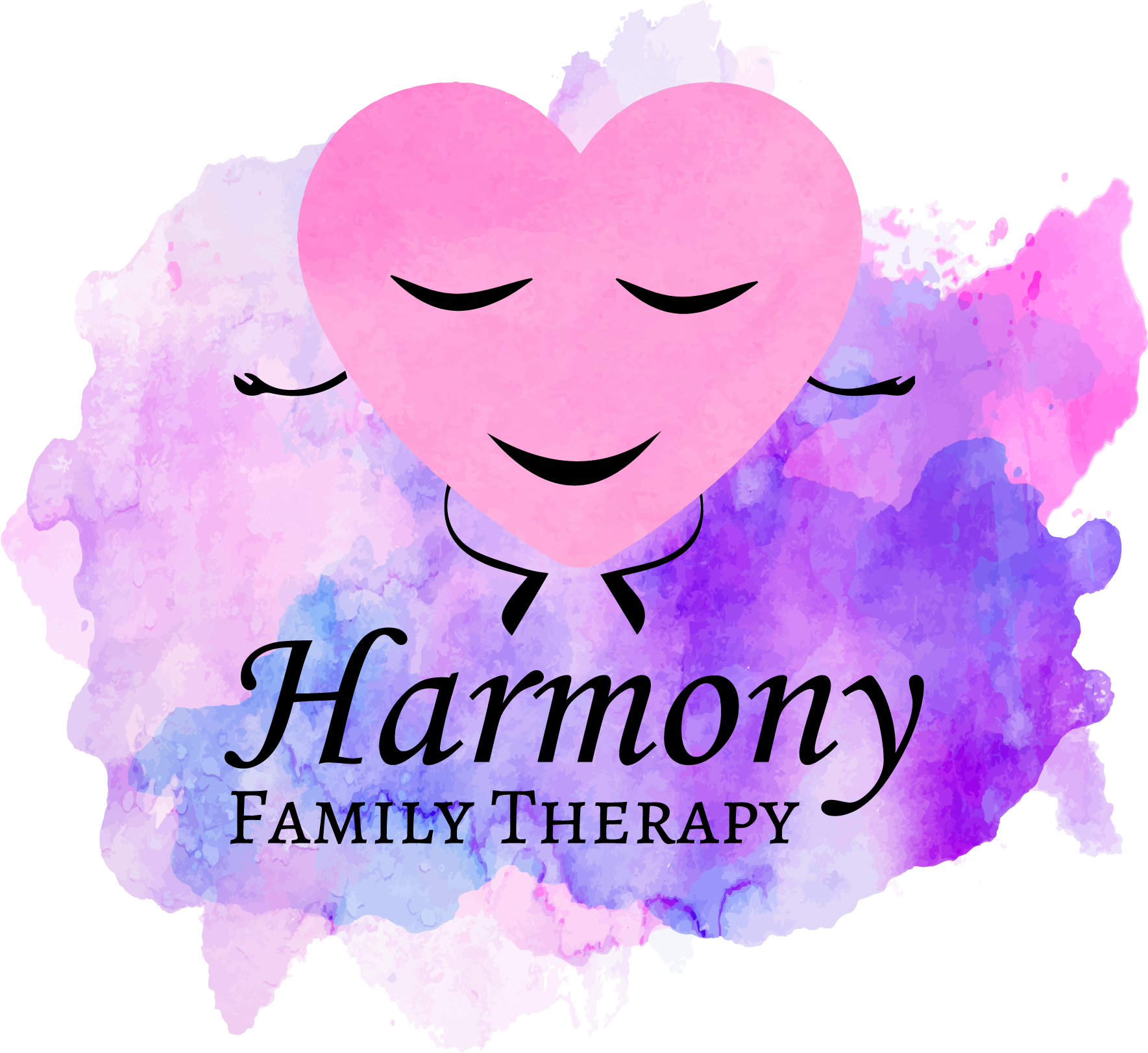Mastering the Art of Distress Tolerance – Part 1
Imagine feeling like you’re drowning every time an uncomfortable emotion washes over you. This is the reality for many struggling with distress intolerance – a perceived inability to experience unpleasant emotions coupled with an overwhelming urge to escape them.
The Emotional Landscape: Sadness, anger, and fear form the primary colours of our negative emotional palette. While some people find all these hues challenging, others might struggle with just one specific shade. Interestingly, negative emotions aren’t inherently distressing. It’s our interpretation of these feelings as harmful or dangerous that turns them into sources of distress.
The Power of Beliefs: At the heart of distress intolerance lie our beliefs about emotions. Many of us have internalized the idea that negative feelings are somehow bad, unbearable, or will lead to catastrophic outcomes. These beliefs act as amplifiers, turning manageable emotions into overwhelming experiences.
Escape Routes That Lead Nowhere: In response to this perceived threat, we often develop unhelpful escape strategies:
- Avoidance: Dodging situations, seeking excessive reassurance, or distracting ourselves.
- Numbing: Using substances, binge eating, or excessive sleep to dull our emotional senses.
- Harmful Releases: Engaging in self-injury as a misguided attempt to relieve emotional pain.
The Paradox of Escape: While these methods might offer temporary relief, they’re like building a house on quicksand. In the long run, they intensify our distress, create larger life problems, and rob us of the chance to develop healthy coping skills or challenge our fears about negative emotions.
Embracing the Inevitable: Here’s the truth: emotional distress is an unavoidable part of the human experience. Rather than futilely trying to eliminate it, we need to learn how to coexist with our full range of emotions. Developing distress tolerance isn’t just a skill – it’s a pathway to a richer, more authentic life.
In Part 2, we will delve into some practical strategies to build your distress tolerance and transform your relationship with challenging emotions. Remember, the goal isn’t to never feel distress, but to navigate it with confidence and grace.
